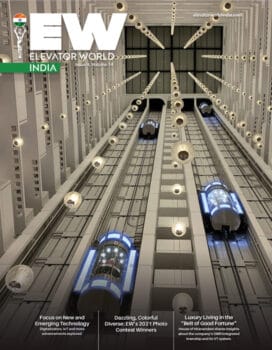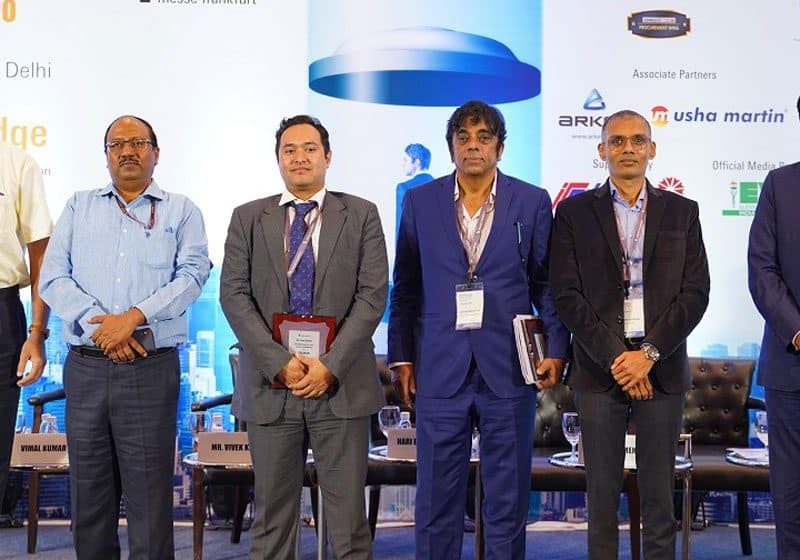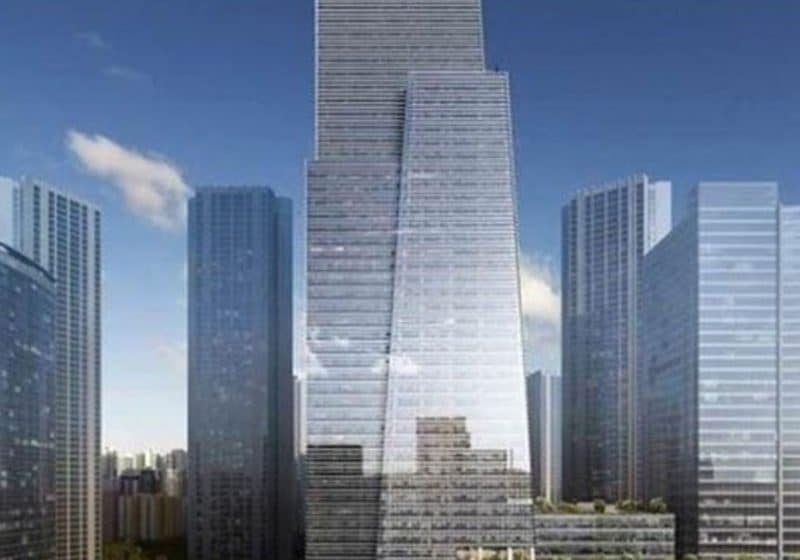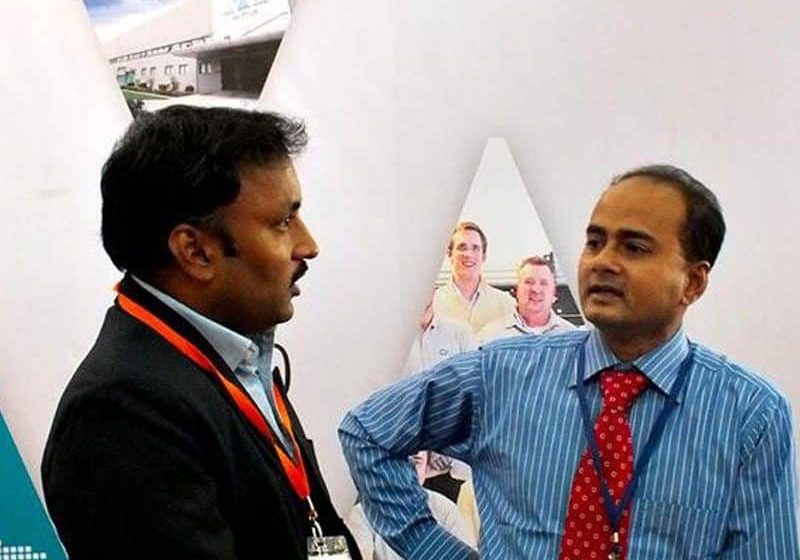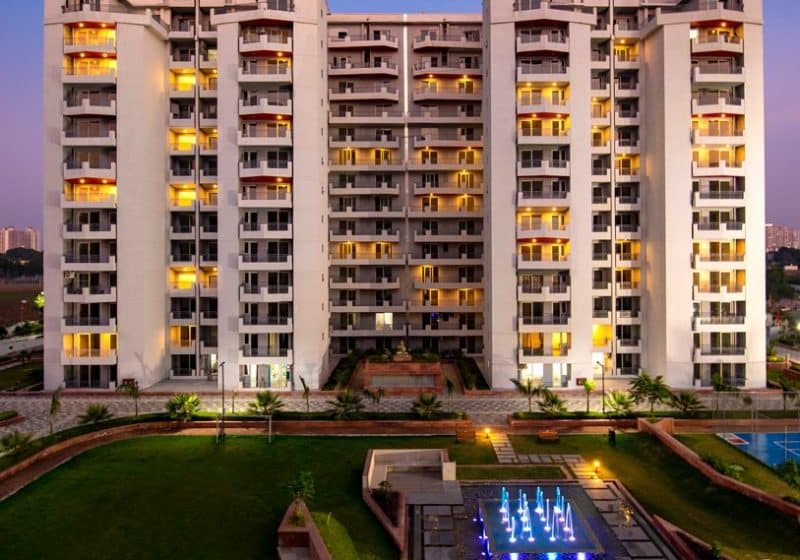In this Industry Dialogue, Shashi Kant Mishra (SKM), an engineer and lift consultant, shares perspectives with your author (SSP).
SSP: Tell me about yourself.
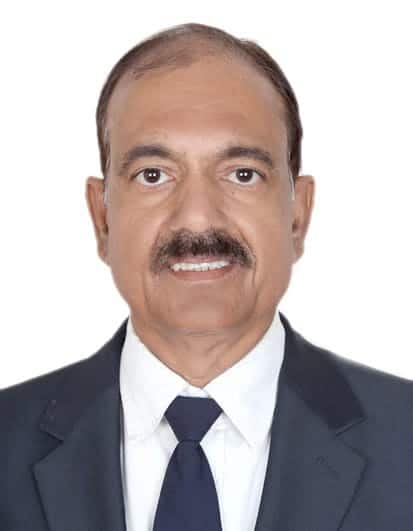
SKM: I am a marine engineer; a technical consultant-lifts and facility MEP (mechanical, electrical and plumbing); an Indian Navy veteran; and a trainer for project safety and site management. I have 20 years of global corporate experience with 15 years in the VT industry and have managed projects for companies including KONE and Otis India. I was a project manager for Chhatrapati Shivaji Maharaj International Airport Terminal 2 (ELEVATOR WORLD India, 2nd Quarter 2014), the Indiabulls Tower (which is now One Indiabulls Business Center at Lower Parel), American Embassy in Mumbai and associated with the Statue of Unity (EW India, 1st Quarter 2019) for safety.
SSP: What trends are driving elevator technology?
SKM: There is a constant demand for change in elevator technology due to rapid urbanization and buildings getting taller. Safety, comfort, user-friendliness and energy savings are prerequisites in elevator selection. Safety, sustainability, green building, reliability, economy, traffic control, advanced applications and customized needs have led to the introduction of various controllers and indicators, such as destination control systems and indicators for saving power and time. Also, controllers are continuously being upgraded. The market expects constant change and improvement in elevator and escalator design and control.
SSP: In terms of elevator operation, what should R&D teams focus on?
SKM: Building management systems can have better control over the operation of lifts as per traffic and time to save power. Adopting remote and touchless technology is the need of the hour. AI coupled with biosensors enhances lift utility and provides energy efficiency. Mobile applications that interface with destination control technology can provide smart elevators. Automatic temperature control and ventilation of the lift space are also features to consider.
SSP: What about in terms of elevator maintenance?
SKM: Elevator maintenance should involve remote health monitoring by a service faculty, a 24/7 call center for online monitoring and management of elevator safety and operational data including machine temperature, vibration, current drawn, rope, pulley vibration and door failures. Variation from defined parameters from base values should cause alarm and lead to equipment being checked as early as possible. These steps will help prevent failures and promote a more economical service management model.
SSP: In general, what can we expect to see in terms of future elevator technology?
SKM: It will include biometrics, destination guidance, control systems, digital safety, security controls and touch or touchless controls. Most multinational companies are the key players operating in global smart and upgraded elevator technology. With the increase in technologically driven elevators, outsourcing from IT companies will also increase. Technology will play a big role in project management and integration of building design with elevators and systems. The automobile industry can guide lift designers in adapting automatic bio-sensing operations and Bluetooth or WiFi integration with building management systems and users.
Get more of Elevator World. Sign up for our free e-newsletter.

